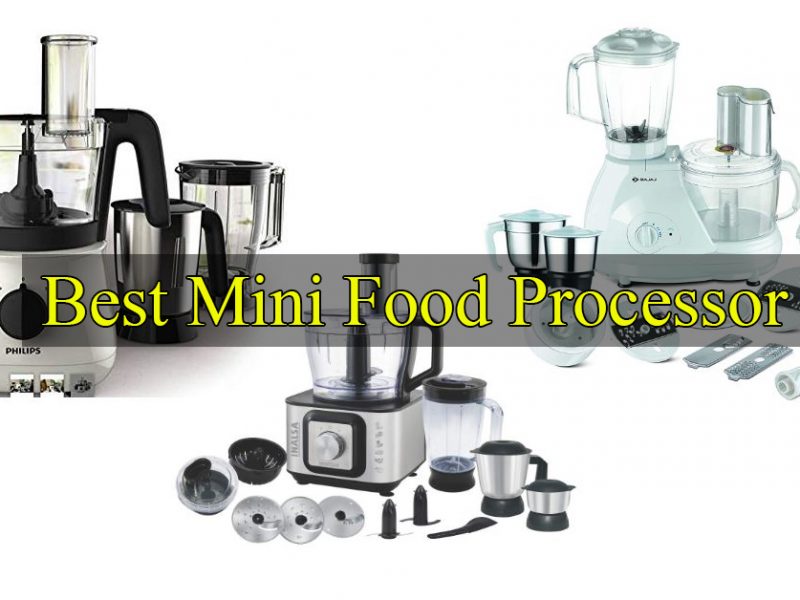Different food processors use different blades. However, the blade is essential to every food processor because it determines how well food is blended or chopped.
Everyone has a favourite appliance in their kitchen. It could be your oven, your microwave, or a slow cooker. Many blade options will work for you, regardless of your choice of a food processor or oven. You can use some blades to do everything from cutting nuts to slicing vegetables and shredding cheese.
Here’s a quick overview of 12 types and how they work best.
12 Types Of Food Processor Blades:
A food processor can be a time- and energy-sparing tool for ingredients such as thinly sliced vegetables or grated or shredded cheddar cheese. Many food processor blades can be used to chop, slice, and shred foods. Knowing how each blade performs the task at hand to cook efficiently and safely with your Food Processor is essential.
-
S-shaped Blades:
An S-shaped and multipurpose blade is the first two blade types that most processors come with. This S-shaped blade can be used to make cookie dough or pie crusts by pulsing ingredients together instead of long processing times. The S-shaped blade can also be used to whip cream or mix wet ingredients.
-
Julienne Blades:
The julienne blade can be used to chop vegetables into small pieces. This blade is small and uniform, making it easier to prepare specific types of vegetables or fruits for a recipe, like carrots or zucchini. This blade is used to place the food in a long, straight line on the top of the food processor bowl. Pulse until the desired consistency is reached.
-
Serrated Blades
These blades can be used to slice bread and pastries. They also produce even slices so that they cook evenly on all sides. In addition, these blades can be used to cut tomatoes evenly without damaging them and also to make fruit pies.
-
Slicing Blades:
With a slicing knife, you can achieve perfect slices of tomatoes and many other fruits and vegetables. You can use this blade to adjust the thickness control dial of your food processor to determine the thickness of your slices. In addition, this blade can be used to make large batches of French fries-quality potatoes or sandwiches made with identical-sized bread slices.
Place the food on the centre post. Push down while processing, so it cuts towards your left instead of cutting directly above the blades. This will minimize the risk of delicate foods like tomatoes being crushed if they are pushed directly onto the blades.
-
Perforated blades
Perforated blades can be used to shred potatoes and root vegetables. This allows you to make soups or hash browns quickly without spending a lot of time with a grater. These blades make it easy to shred these foods quickly and efficiently while maintaining a consistent texture that doesn’t require any additional cooking.
-
Shredding and Grating blades
Home cooks who make their cheeses, such as Parmesan or cheddar, can use these food processor blades, often from scratch. In addition, these blades produce more fine shredded cheeses than the perforated ones, making them look more professional.
-
Dicing Blades:
The dicing knife on your food processor can be used if you need to cut up fruits or vegetables into smaller pieces, such as for stir-fry or shepherd’s pie. Put the ingredients into a bowl of your food processor. Process until you achieve the desired consistency. For smaller pieces, pulse between 10 and 15 times. Longer pulses will produce more significant pieces. This type of food processor blade can be dangerous if not handled properly.
-
French Fry Cone-Shaped Blade
This French fry-shaped food processor blade has a cone at one end. It allows you to create perfect French fries and other spiralled foods. This blade makes it much easier than the spiralizer or knife to make healthy French fries and other spiralled vegetables. This food processing blade must work properly if the food is not kept in line with its cone.
-
Whipping Disc Blade
A whipping disc can be included in some food processors. It can whip eggs and cream into stiff, fluffy peaks or whip cream into a whipped topping you can pipe onto desserts. This food processing blade transforms your mixer into a stand mixer. It allows you to perform all of your mixing tasks without the need to buy additional attachments.
-
Brunoise Blades
Brunoise blades make small, equally-sized cubes that can be used to garnish certain dishes like consomme or broth. This blade can also cut small pieces of vegetables and other foods into smaller, more manageable pieces.
-
Gaufrette Blades:
Gaufrette blades make fine shortbread. You can use them to garnish pies like strawberry rhubarb or as a side dish with your morning coffee. In addition, these blades are ideal for cutting delicate foods into thin slices that won’t crack when handled.
-
Dough Blade
A dough blade is an excellent tool for making homemade bread, pie crusts, and cookies. This blade helps you quickly knead dough without breaking down food particles while thoroughly mixing everything for the best results. However, it is essential to remember that this blade shouldn’t be used for food processing could cause it to become gummy or mushy.
See also: 10 Easy Recipes for Food Processors in India
How do you clean a food processor blade?
Almost everything seems to stick to a food processor’s blade, making it one of the most challenging cleaning jobs. However, there are many things you can do to clean your food processor blades.

Step 1
Bleach and water are the best way to ensure that your food processor’s top and bottom blades stay clean. In a spray bottle, combine 1 cup of bleach and 3 cups of cold water. Next, soak the top of the blade in bleach for five minutes. Then hold the button down until the cutting side faces upwards. Next, rinse off the water with hot water. Next, you will repeat the process with the second food processor blade.
Step 2
You can also fill a bucket of hot water with salt and place the bowl in the food processor:
- Submerge the blades in the bucket, ensuring that bubbles don’t rise to the water’s surface.
- Use a putty knife or plastic spatula to scrape any food bits from the bucket.
- Rinse off thoroughly with running water.
Step 3
You can remove more dirt from the blades of your food processor by soaking them in hydrogen peroxide with cold water overnight. For this cleaning method, mix one-part peroxide and one part cold water. Next, fill your food processor bowl with the solution halfway before placing it on a countertop overnight. You can then wash off any residue that may have formed during the first use.
Step 4
This last option is more complicated but can effectively eliminate even the stubborn food particles stuck to your food processor blades. This involves boiling hot water and vinegar to loosen any food particles accumulated on the surfaces’ top or bottom.
Before you run the dishwasher cycle:
- Make sure that your dishwasher’s silverware tray is half full of vinegar.
- Fill the food processor bowls with half the boiling water and let them cool down for about an hour.
- Run both bowls through the dishwasher until they are clean.
Modern food processors have self-cleaning functions that make them easy to clean. All of these can also be applied to the base!
See also: 7 Reasons Why You Need a Food Processor
Conclusion:
Knowing the differences between blades and how they work is crucial so you can decide which one suits your needs best. Our store stocks a wide range of food processors, including high-powered standard and wide slicing disks and grating discs that produce uniform slices for sandwiches and salads. Stop by our store to find out more about which type of blade is best for you.
Although blenders and food processors have many differences, there is one thing they share in common. Both require a blade to function correctly.



